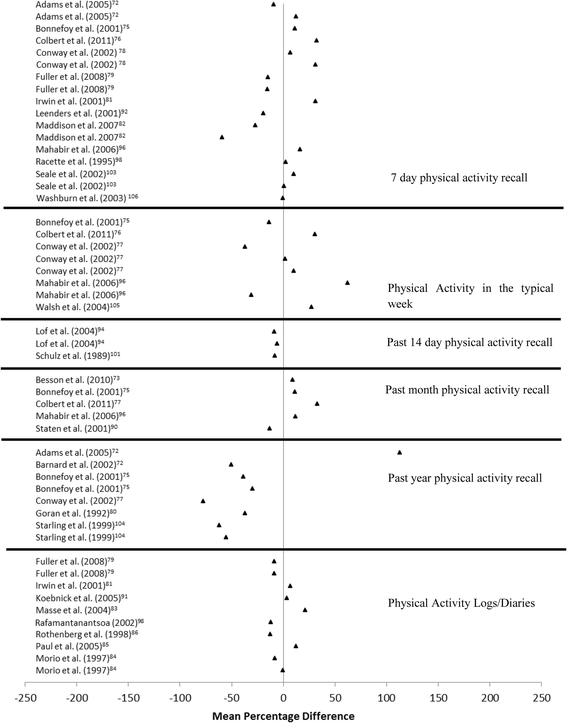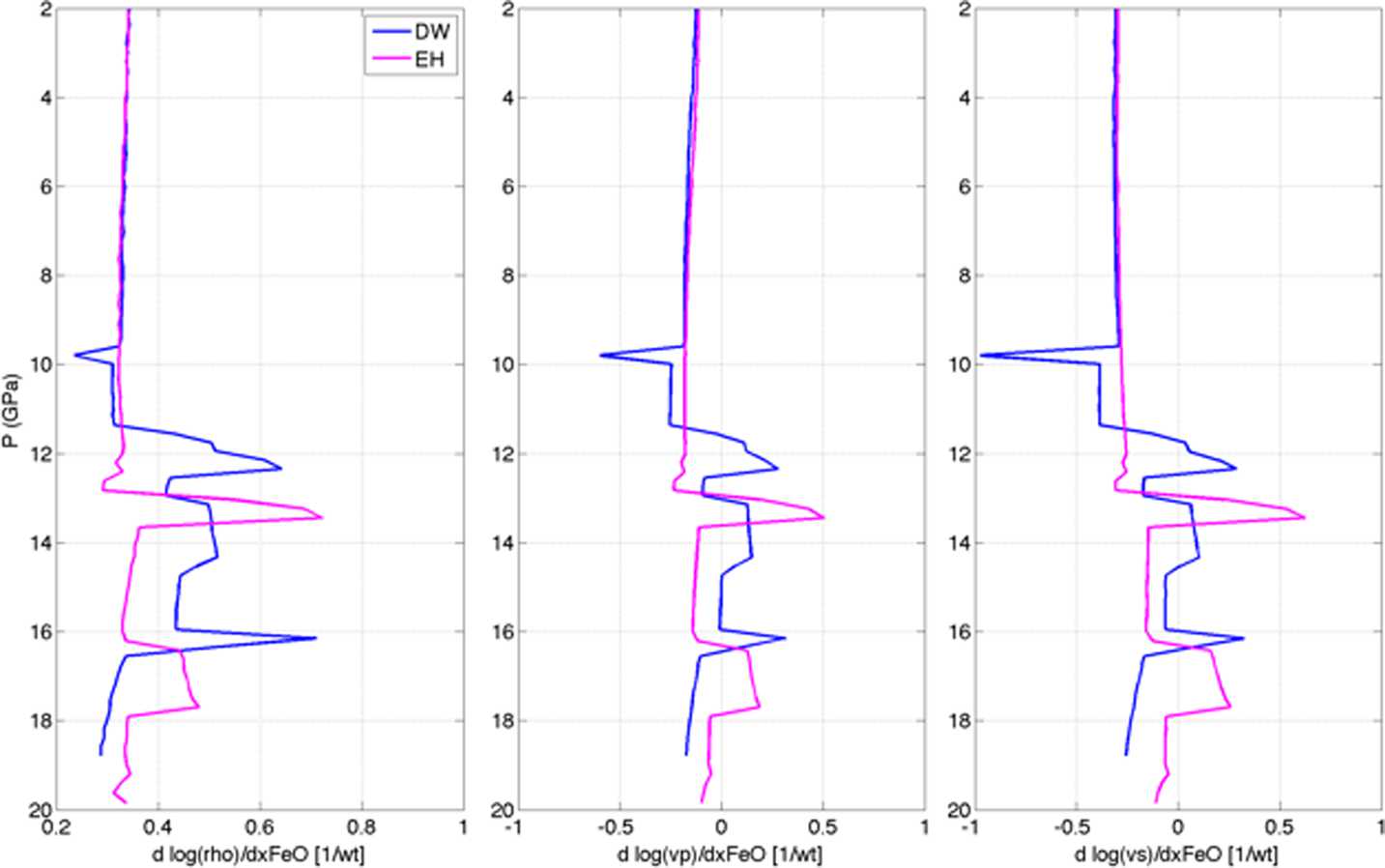SPECIFICATIONS Maximum range, m 5500 Flight time at maximum range, sec 15,1 Guidance system semiautomatic by laser beam Warhead: - type - armour penetration behind ERA, mm tandem hollow-charge no less than 550 Round weight, kg 21,6 Overall dimensions, mm: - missile calibre - round length 100 1180 Operating temperature range, oC from minus 40 to +60. Round comprising antitank guided missile is intended for firing from ICV-3 against stationary and moving modern armoured targets with combined, carried or monolithic armour including ERA (explosive reactive armour), and also against pinpoint targets like weapon emplacements, a tank in a trench, light-armoured objects and helicopters. Chertezhi prisposoblenij dlya remonta avtomobilej kompas.
INTRODUCTION In addition to their essential roles as substrates in carbon and energy metabolism and in polymer biosynthesis, sugars have important hormone-like functions as primary messengers in signal transduction. The pivotal role of sugars as signaling molecules is well illustrated by the variety of sugar sensing and signaling mechanisms discovered in free-living microorganisms such as bacteria and yeast (; ). For such unicellular organisms, nutrient availability is the main extracellular factor controlling growth and metabolism. The role of nutrients as regulatory molecules has come to be appreciated only recently in mammals despite extensive previous research on Glc homeostasis and diabetes (; ). In plants, sugar production through photosynthesis is a vital process, and sugar status modulates and coordinates internal regulators and environmental cues that govern growth and development (;; ).
Serial Number: 1HTSCABN92H405876. Number of Rear Axles: Single. You’re viewing a 2002 International 4700 14 Foot Rack Body With Knuckleboom #405876.
Although the regulatory effect of sugars on photosynthetic activity and plant metabolism has long been recognized, the concept of sugars as central signaling molecules is relatively novel. Reflektometr rejs 105m rukovodstvo po ekspluatacii. Recent progress has begun to reveal the molecular mechanisms underlying sugar sensing and signaling in plants, including the demonstration of hexokinase (HXK) as a Glc sensor that modulates gene expression and multiple plant hormone-signaling pathways (; ). Analyses of HXK mutants will provide new evidence for distinct signaling and metabolic activities. Diverse roles of Snf1-related protein kinases (SnRKs) in carbon metabolism and sugar signaling also are emerging (; ). In addition, Suc, trehalose, and other HXK-independent sugar sensing and signaling pathways add more complexity in plants (;; ). Biochemical, molecular, and genetic experiments have supported a central role of sugars in the control of plant metabolism, growth, and development and have revealed interactions that integrate light, stress, and hormone signaling (;;;; ) and coordinate carbon and nitrogen metabolism (;; ).

A number of reviews have appeared in the past few years emphasizing different aspects of sugar signaling and its interactions with other plant signal transduction pathways. In this review, the extent and impact of the sugar signaling network on plant life is illustrated. We explore diverse sugar responses, summarize biochemical and genetic evidence for different sugar sensing and signaling mechanisms, consider the extensive regulatory web that mediates sugar and hormone signaling, and suggest possible directions for future research. Metabolism Photosynthesis is active primarily in mature leaf mesophyll cells, and photosynthate is transported, primarily as Suc, to meristems and developing organs such as growing young leaves, roots, flowers, fruit, and seed. Light and sugars regulate these growth activities by a coordinated modulation of gene expression and enzyme activities in both carbohydrate-exporting (source) and carbohydrate-importing (sink) tissues ().

This ensures optimal synthesis and use of carbon and energy resources and allows for the adaptation of carbon metabolism to changing environmental conditions and to the availability of other nutrients (;;; ). In general, low sugar status enhances photosynthesis, reserve mobilization, and export, whereas the abundant presence of sugars promotes growth and carbohydrate storage () (). The circadian clock can play an important role in carbon partitioning and allocation (). Several photosynthetic genes, for example, peak in expression near the middle of the day, whereas a number of genes involved in sugar consumption, transport, and storage peak near the end of the day. During the night, genes involved in starch mobilization reach their highest expression levels (). However, although the circadian clock may allow plants to “anticipate” daily changes, the actual sensing of the quality and quantity of light and especially sugars (as the end products of photosynthesis) ensures an appropriate “response” of metabolism to specific situations.
For example, variations in the environment can decrease photosynthetic efficiency and result in sugar-limited conditions in parts of the plant, which downregulate biosynthetic activity to conserve energy and protect cells against nutrient stress while upregulating starch degradation and protein and lipid catabolism to sustain respiration and metabolic activity (; ). Photosynthetic acclimation to increased CO 2 is likely the result of sugar repression, especially under nitrogen deficiency, and sugar repression of photosynthetic gene expression, chlorophyll accumulation, and seedling development can be antagonized by nitrate signals (; ). Moreover, several N-regulated genes are coregulated by sugars (;;; ).